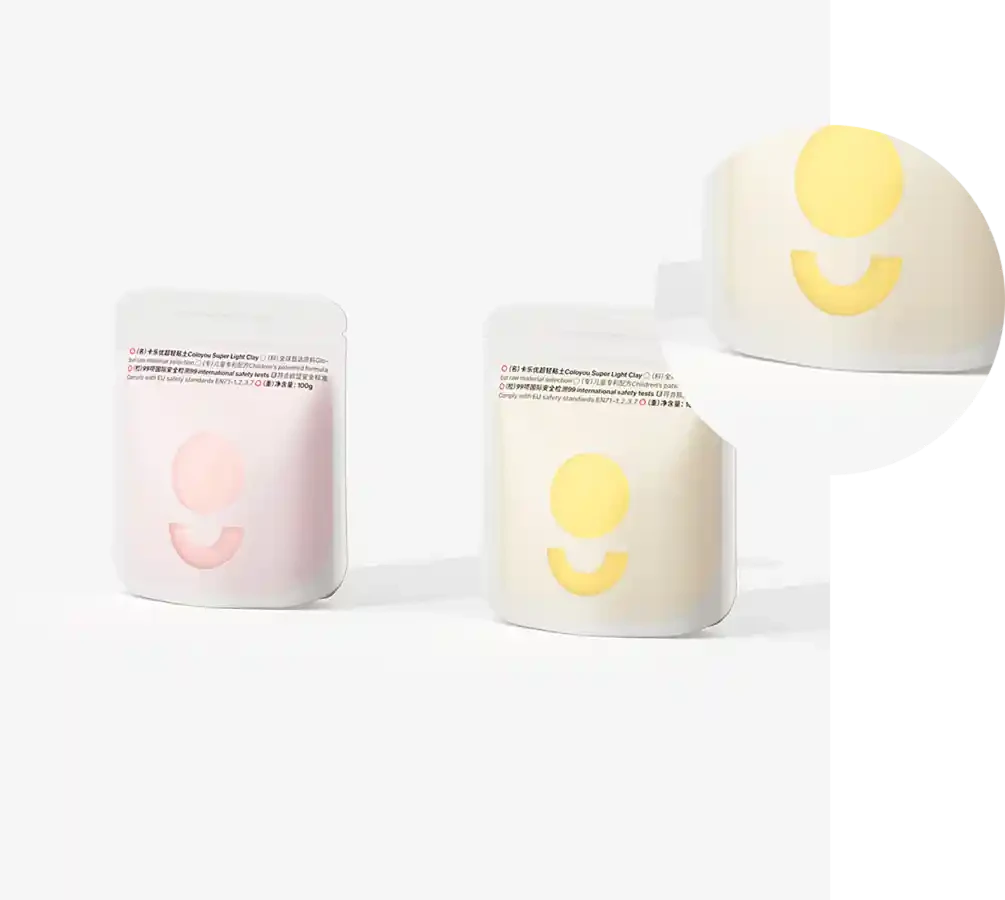- Afrikaans
- Albanian
- Amharic
- Arabic
- Armenian
- Azerbaijani
- Basque
- Belarusian
- Bengali
- Bosnian
- Bulgarian
- Catalan
- Cebuano
- chinese_simplified
- chinese_traditional
- Corsican
- Croatian
- Czech
- Danish
- Dutch
- English
- Esperanto
- Estonian
- Finnish
- French
- Frisian
- Galician
- Georgian
- German
- Greek
- Gujarati
- haitian_creole
- hausa
- hawaiian
- Hebrew
- Hindi
- Miao
- Hungarian
- Icelandic
- igbo
- Indonesian
- irish
- Italian
- Japanese
- Javanese
- Kannada
- kazakh
- Khmer
- Rwandese
- Korean
- Kurdish
- Kyrgyz
- Lao
- Latin
- Latvian
- Lithuanian
- Luxembourgish
- Macedonian
- Malgashi
- Malay
- Malayalam
- Maltese
- Maori
- Marathi
- Mongolian
- Myanmar
- Nepali
- Norwegian
- Norwegian
- Occitan
- Pashto
- Persian
- Polish
- Portuguese
- Punjabi
- Romanian
- Russian
- Samoan
- scottish-gaelic
- Serbian
- Sesotho
- Shona
- Sindhi
- Sinhala
- Slovak
- Slovenian
- Somali
- Spanish
- Sundanese
- Swahili
- Swedish
- Tagalog
- Tajik
- Tamil
- Tatar
- Telugu
- Thai
- Turkish
- Turkmen
- Ukrainian
- Urdu
- Uighur
- Uzbek
- Vietnamese
- Welsh
- Bantu
- Yiddish
- Yoruba
- Zulu
Understanding the Key Differences Between PE and PP Plastics in Everyday Applications
Understanding the Differences Between PE and PP Plastics
Plastics are ubiquitous materials used in countless applications across various industries. Among the most commonly used types of plastics are polyethylene (PE) and polypropylene (PP). While both are versatile and have significant uses in packaging, automotive, textiles, and consumer goods, they differ in their chemical structure, properties, and applications. Understanding these differences is essential for selecting the appropriate material for specific needs.
Chemical Structure
The primary difference between PE and PP lies in their chemical structure. Polyethylene is composed of long chains of ethylene monomers (C2H4), while polypropylene is made from polymerized propylene monomers (C3H6). This difference in monomers results in distinct molecular arrangements, which significantly influences their properties.
In polyethylene, the carbon chain is saturated, which means it contains single bonds between the carbon atoms. This saturation contributes to the material's flexibility and makes it more resistant to impact. Conversely, polypropylene has a more complex structure, with methyl groups attached to every other carbon atom in the chain. This results in a more rigid and tougher material with higher tensile strength.
Physical Properties
When it comes to physical properties, PE exhibits several characteristics that make it suitable for a wide range of applications. It is lightweight, flexible, and has excellent chemical resistance. PE can be further classified into low-density polyethylene (LDPE) and high-density polyethylene (HDPE), where LDPE is softer and more flexible, while HDPE is harder and more rigid. This versatility allows PE to be used in products like plastic bags, bottles, containers, and even pipes.
On the other hand, polypropylene is known for its excellent thermal resistance and high melting point, typically around 160°C (320°F). This makes PP ideal for applications requiring sterilization, such as in medical equipment and food containers. Additionally, polypropylene has a lower density than polyethylene, giving it an edge in applications where weight reduction is critical. It is often used in automotive parts, textiles, and packaging materials.
what is the difference between pe and pp plastic

Applications
The applications of PE and PP highlight their unique properties. Polyethylene is widely used in the packaging industry due to its flexibility and durability. It serves as a primary material for plastic films, bags, and bottles. LDPE is frequently employed for plastic wraps and grocery bags, while HDPE is used for more rigid items such as milk jugs, detergent bottles, and piping.
Polypropylene, however, has a vast array of applications because of its strength and resistance to chemical deterioration. It is used to manufacture containers, automotive parts, fibers for carpets and textiles, and even in the production of consumer goods like storage bins and furniture. Furthermore, polypropylene’s ability to withstand high temperatures makes it a preferred choice in applications involving hot-fill liquids and microwave-safe containers.
Environmental Considerations
In recent years, the environmental impact of plastics has come under scrutiny. Both PE and PP are recyclable, but their recycling processes and potential for reuse differ. PE is generally easier to recycle, but it is also more commonly found in single-use products, contributing to plastic waste. Polypropylene recycling has seen advancements, and many municipalities are beginning to accept PP products in curbside recycling programs.
Conclusion
In summary, while both polyethylene and polypropylene belong to the family of plastics and share some similar characteristics, they possess distinct differences in their chemical structure, physical properties, and applications. These differences influence their performance in various applications, from packaging to automotive components. As industries continue to seek sustainable solutions, understanding these materials will play a crucial role in making informed choices regarding their use and recycling.













